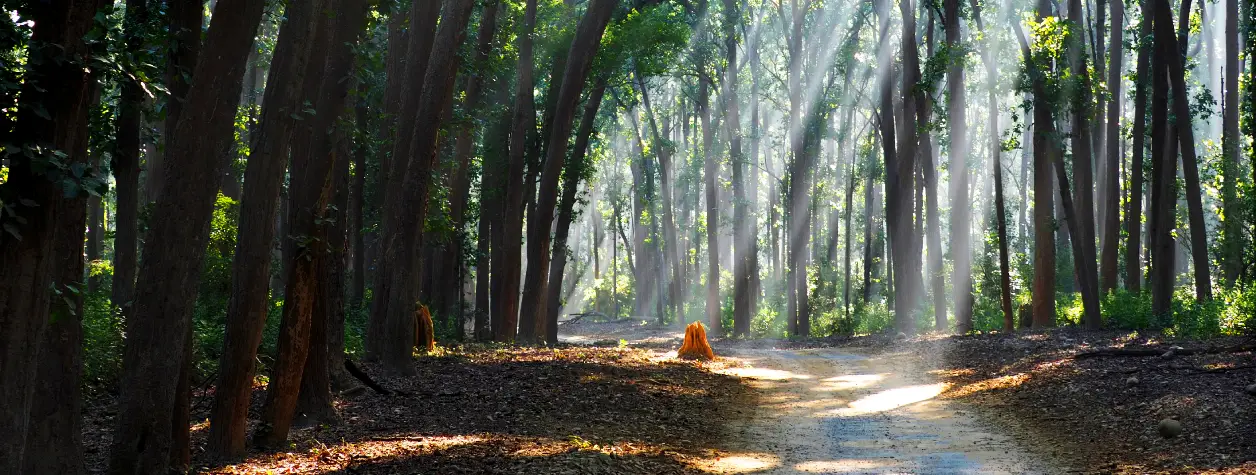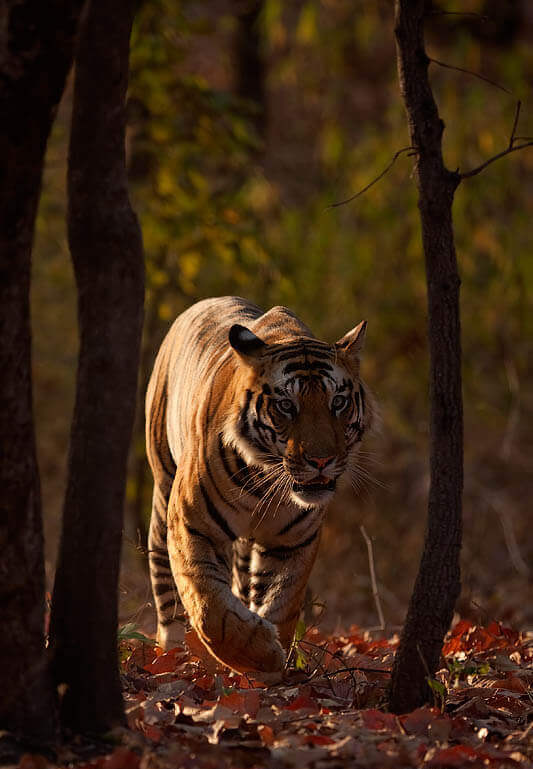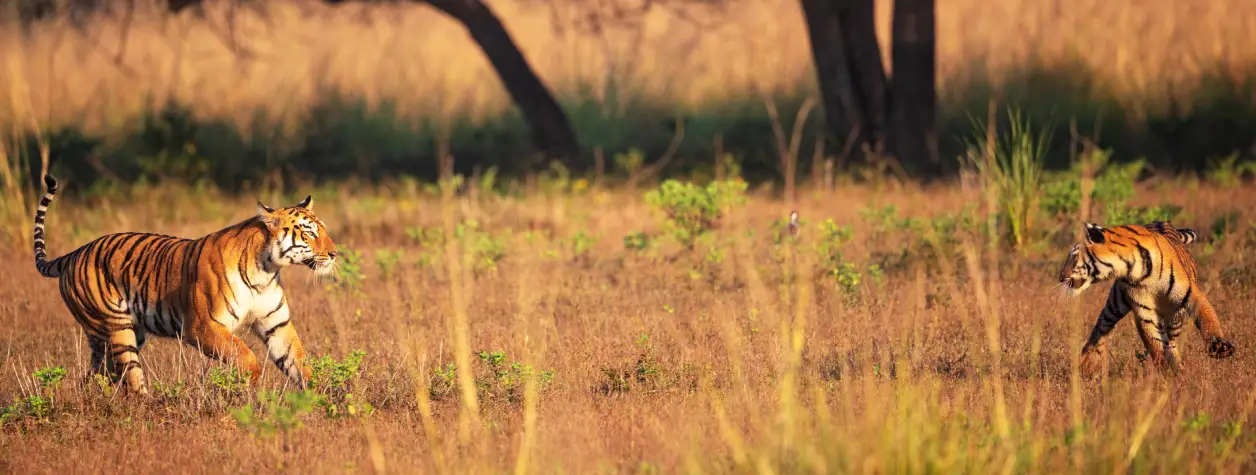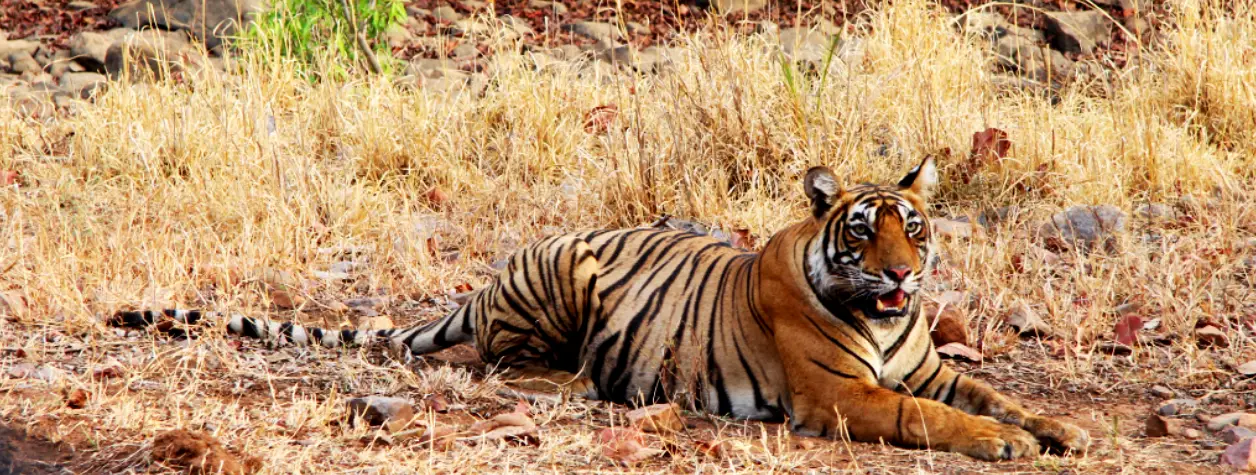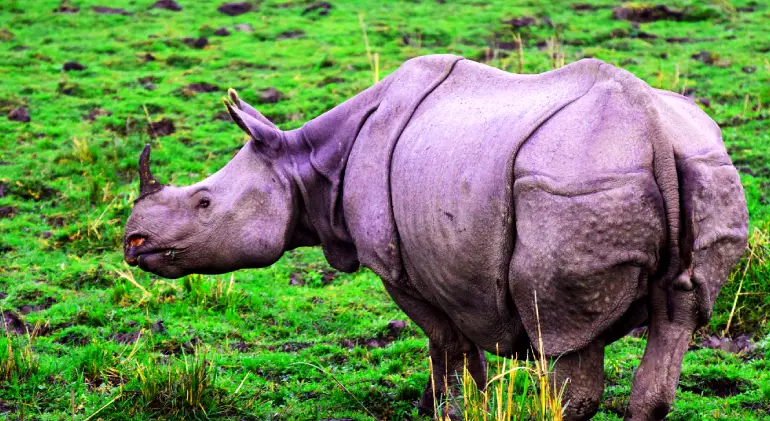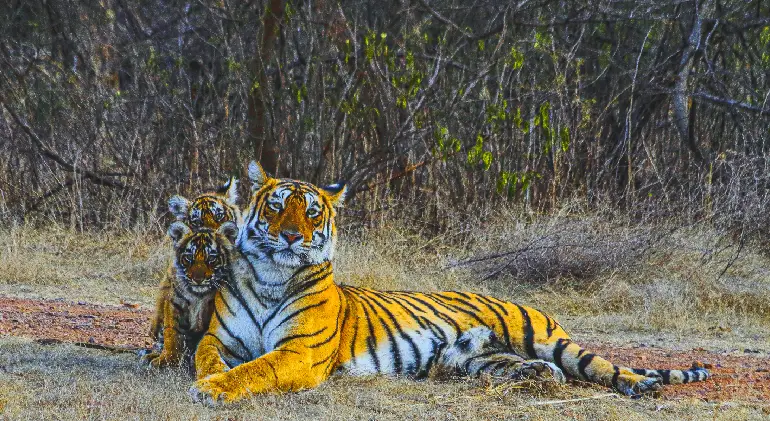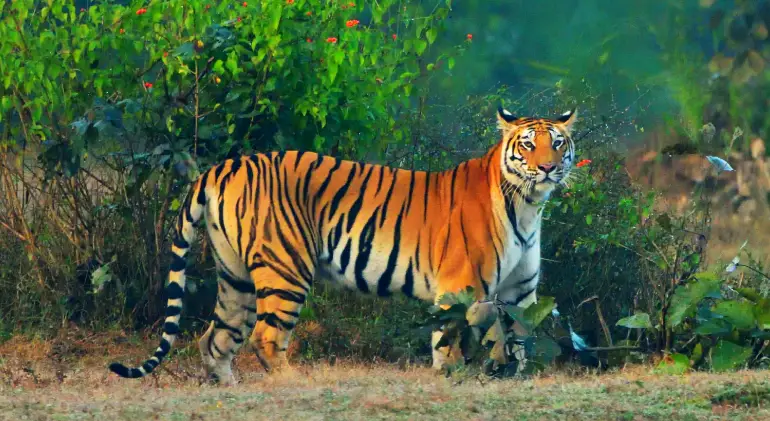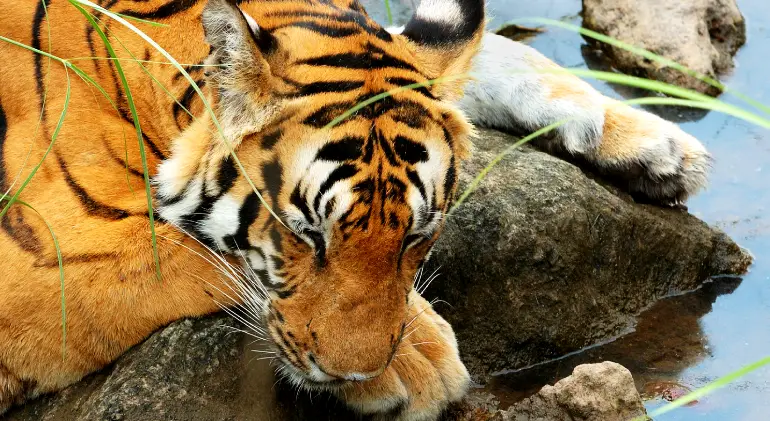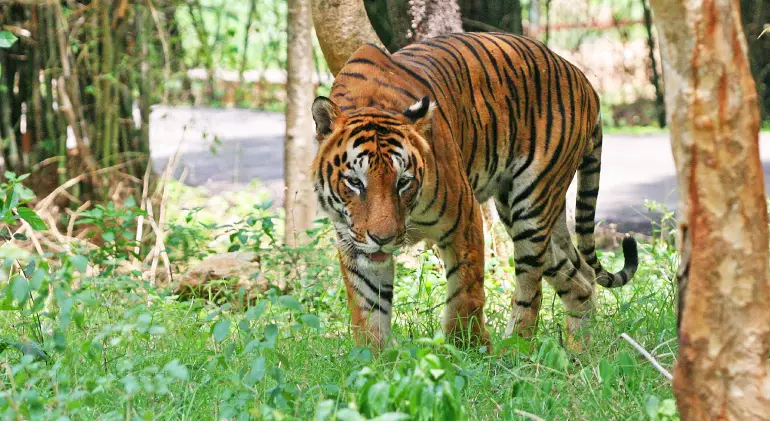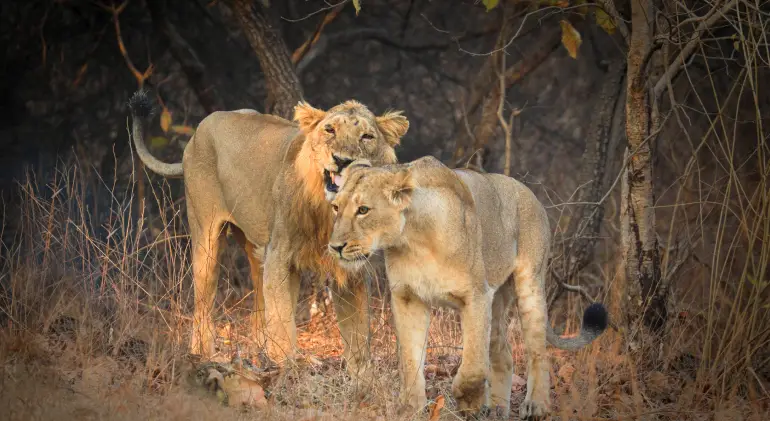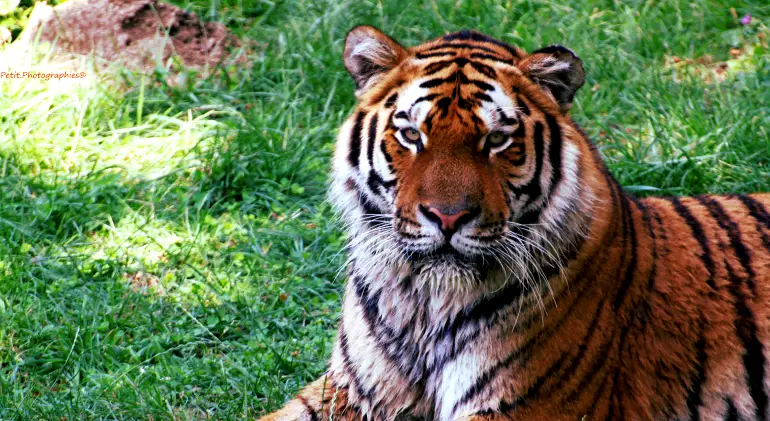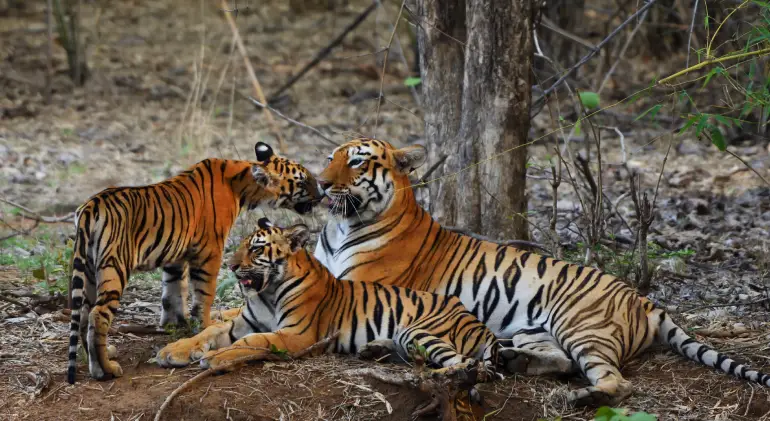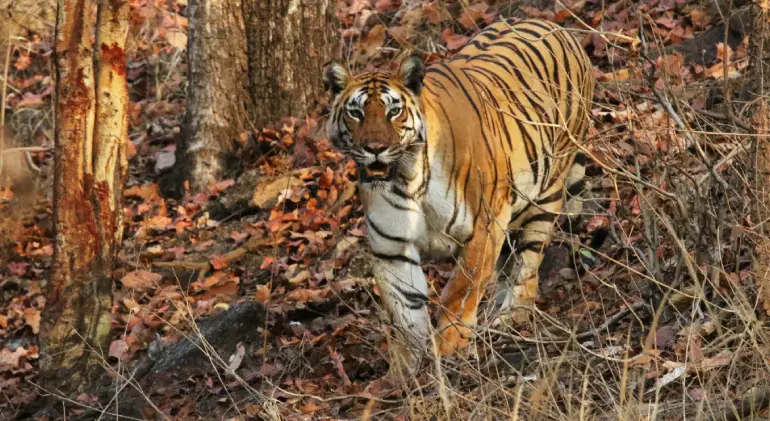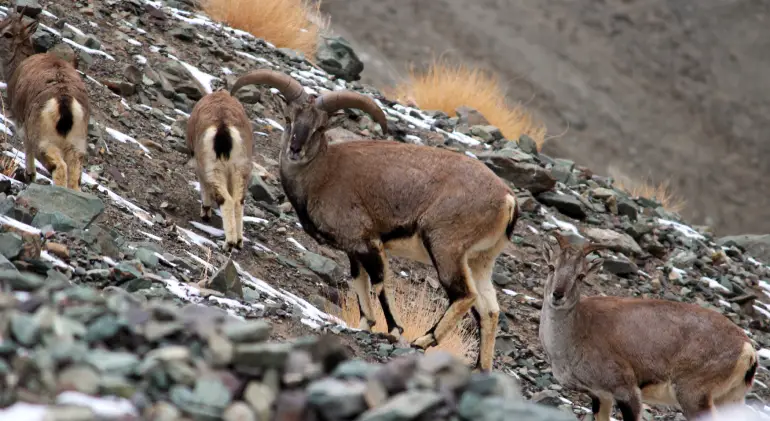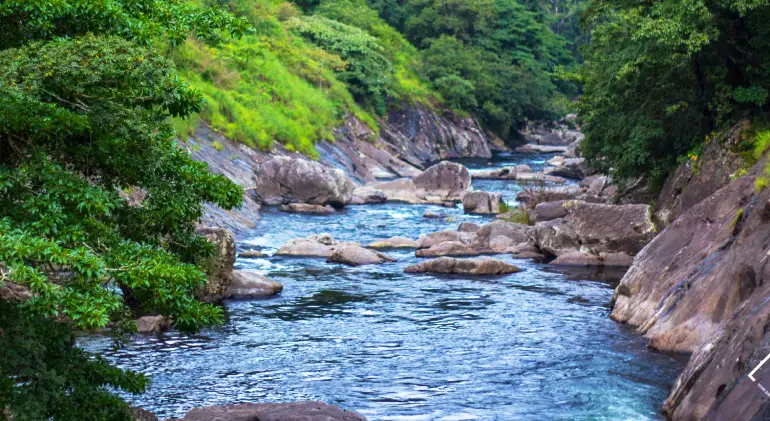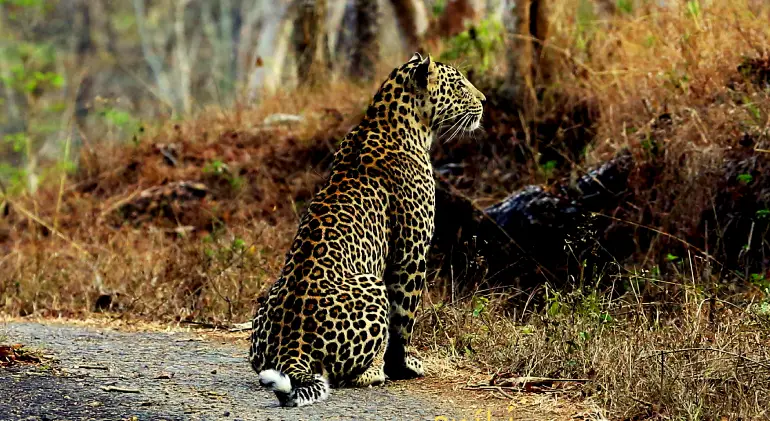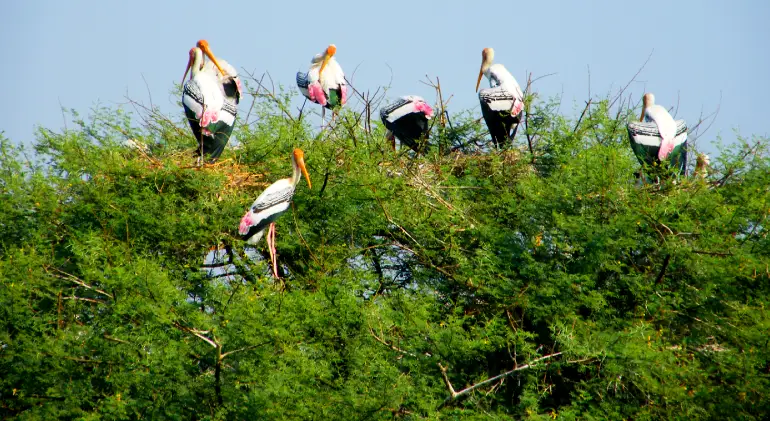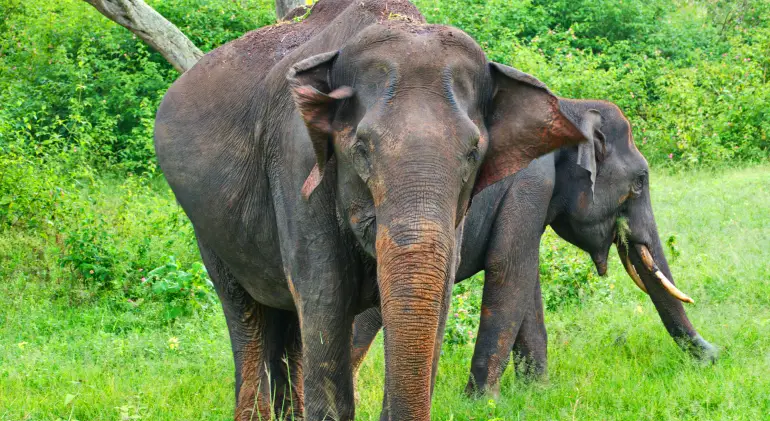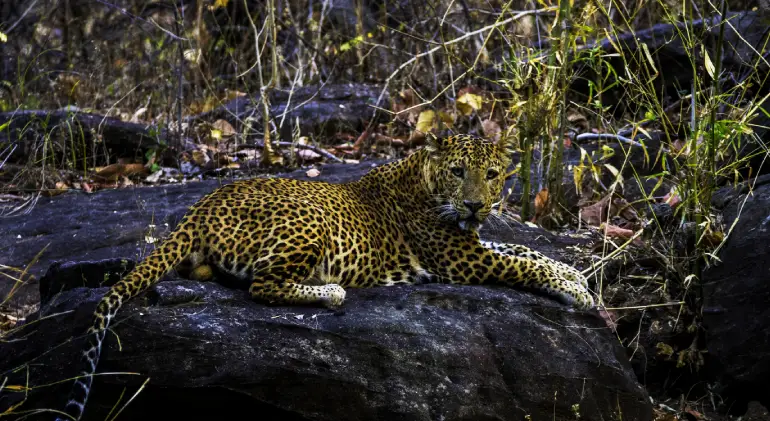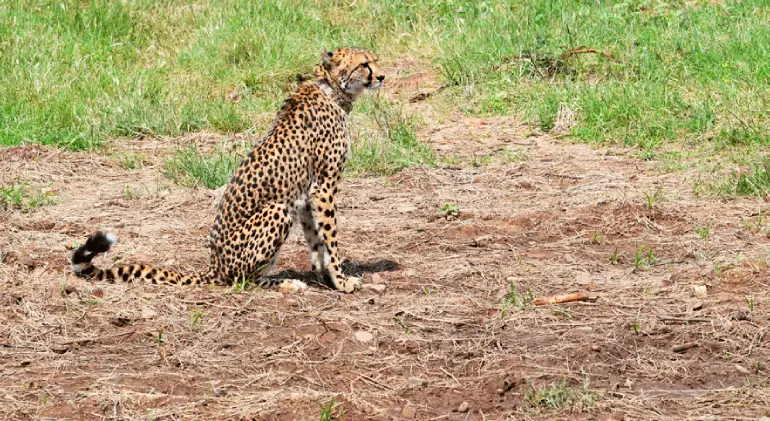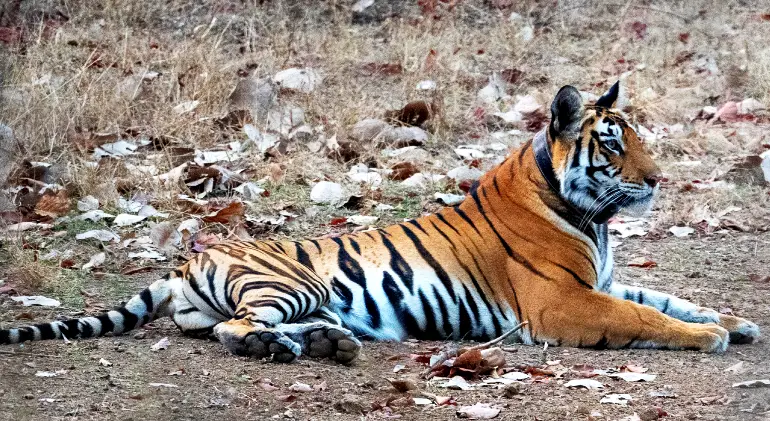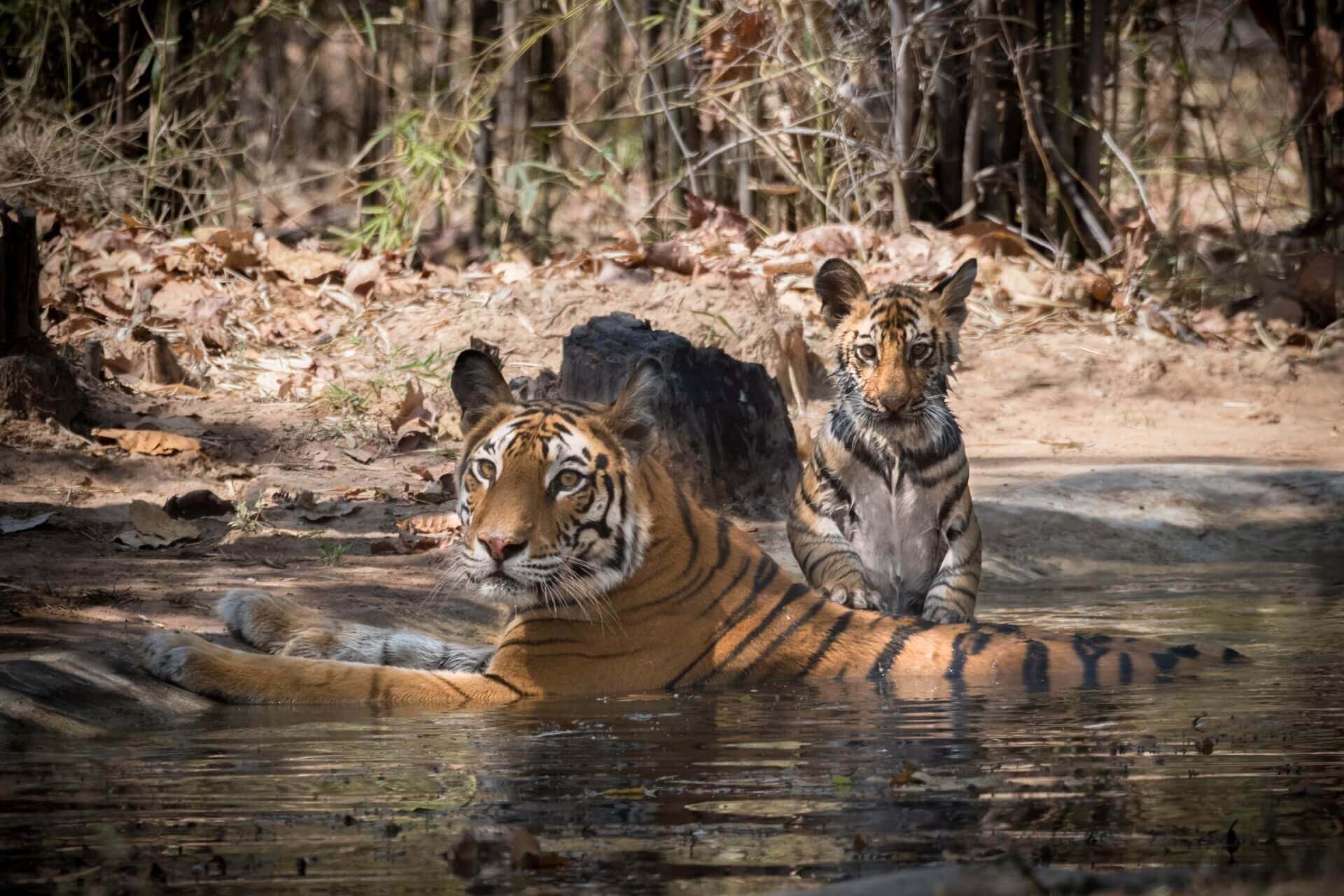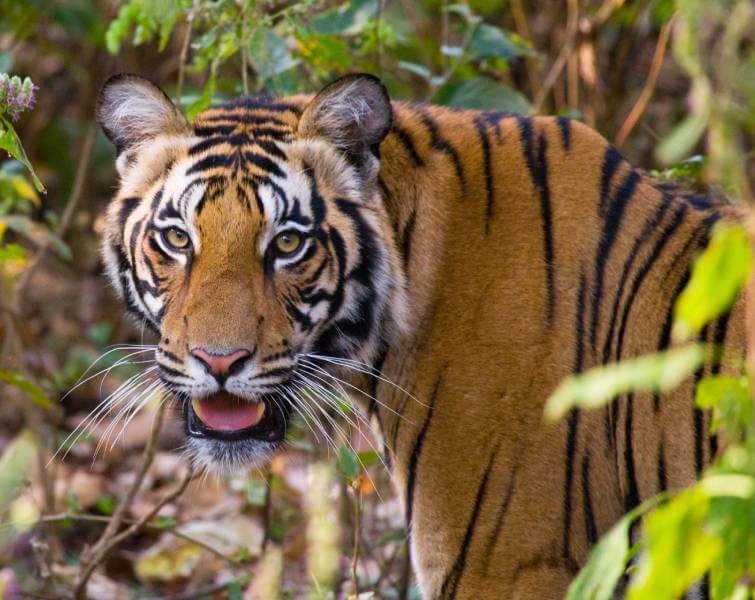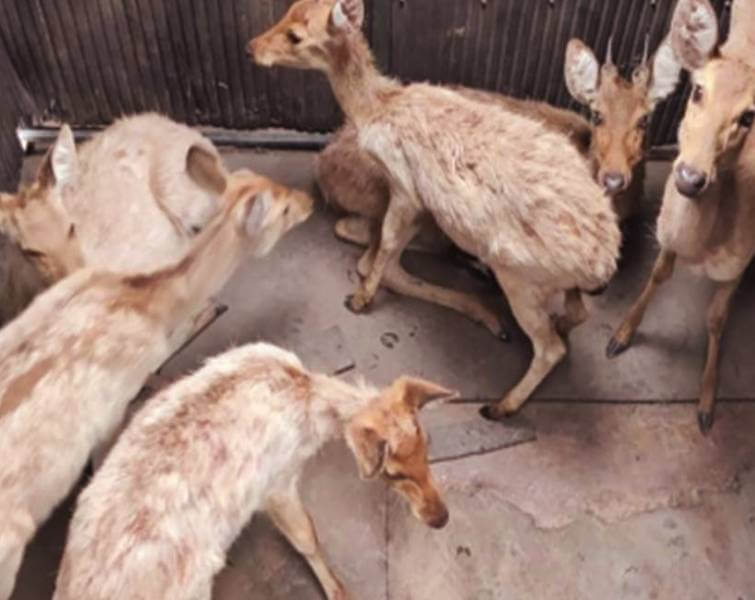National Parks
National parks are areas designated by the government for the preservation of the natural environment. They are important for several reasons, including the protection of wildlife, conserving biodiversity, providing recreation opportunities, and educating people about conservation and the need to protect our natural resources. India is home to a great diversity of plants and animals, and its national parks play an important role in protecting this biodiversity. Currently, there are 106 national parks in India, covering an area of over 44,000 square kilometres. These parks are home to a wide range of wildlife, such as tigers, elephants, lions, and many more. Some popular wildlife destination in India includes Sundarban, Jim Corbett, Ranthambore, Kaziranga, and Hemis. The government of India actively protects these national parks by employing park rangers to prevent illegal activities like poaching. Additionally, they provide funds for research and conservation projects. National parks are an important part of India's natural heritage. They safeguard wildlife, preserve biodiversity, offer recreational opportunities, and educate the public about conservation.
